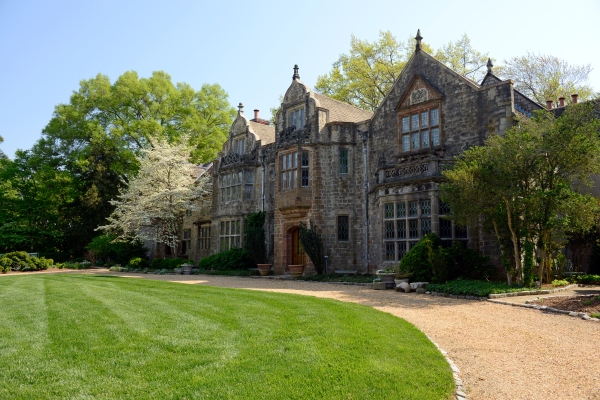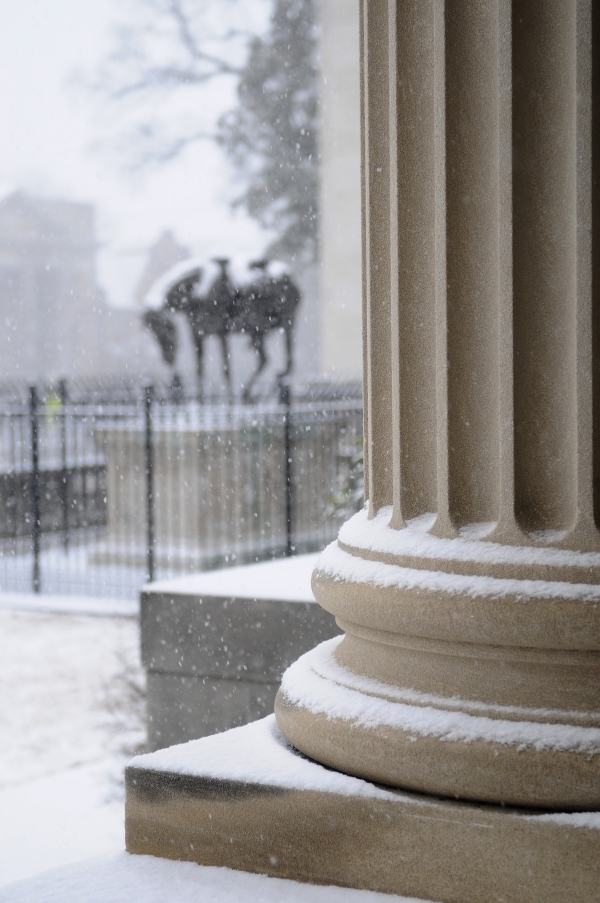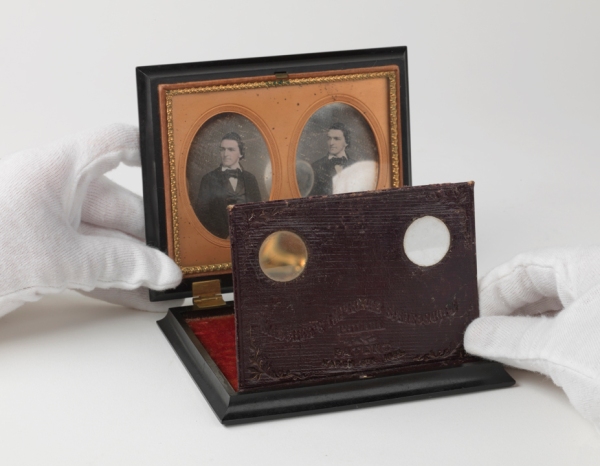Meet the Staff: Meg Eastman
From answering phone inquiries to photographing new acquisitions, the staff at the VHS have a wide range of talents that help make our collections accessible to the world. Who are the talented men and women of the VHS? In a series of “Meet the Staff” blog posts, we will introduce you to the people who work behind the scenes to collect, preserve, and interpret Virginia history.
What is your job title?
Digital Collections Manager
When did you begin working at the VHS?
I began working at the VHS in October 2006. I started as the Visual Resources Manager, fulfilling photo orders (with film!) and scanning documents for grants. Technology and the VHS have come a long way since then.
What are your job duties?
I am the VHS’s photographer. I create, store, and distribute images of collection items. The photos I take are used to improve access to the VHS collections and end up being used in VHS publications, on our website, online catalog, social media, exhibitions, presentations, etc. I also provide photography to fulfill photo requests and shoot many of the VHS programs and events.
How did you become interested in history?
I didn’t really. I’ve always been into art. I received my degree in studio art and art history from the University of Richmond. I spent a few years working with art conservation at the National Gallery of Art and at the Virginia Museum of Fine Arts, always with photography mixed in my job duties somewhere. I took the job at the VHS and history found me. I didn’t grow up in Virginia, but I like to say that working at the VHS puts you on the fast track to becoming a Virginian. I’ve learned more about our commonwealth than I ever thought I would know. The best part about being the VHS photographer is that it’s usually the really cool stuff that needs to be photographed. I get to hold history in my hands so it’s hard not to get interested when you’re that close.
What is the favorite part of your job?
The favorite part of my job at the VHS is that I get to use my artistic side and stay involved in new technology. I don’t always get to shoot at home and I don’t always get to shoot at work, but between the two, a camera is never far from my hands and I love that.
Also, every once in a while I get to go to Virginia House and photograph the gardens. There’s nothing better than getting to walk among the blossoms and create art while on the job.
What has been your most memorable moment at the VHS?
On January 25, 2013 a big snow storm passed through in the afternoon. The snow fell fast and I knew it wouldn’t take long before we were all told to go home early. I grabbed the camera and rushed to the front of Battle Abbey to catch some winter shots that could potentially be used on the VHS website. The snow was coming down too quickly to take the equipment out in the elements, so I stayed on the portico and got this shot.
What is your favorite item in your office? Why?
I have four wonderful paintings in my office, each very different from the next. My favorite is probably the portrait of the activist Irene Langhorne Gibson painted by her husband Charles Dana Gibson, creator of the “Gibson Girl.” It shows a quiet moment of an otherwise busy and influential woman. I like that she has found the time to practice her art—needlework in this case. Aside from the painting being beautiful on its own, it brings me some peace and reminds me that I too can find quiet moments to create.
What is your favorite collection piece at the VHS?
I really like the stereo daguerreotype of Thomas Goode Tucker (VHS accession number: 1975.25). It’s the only one of its kind that I’ve ever seen. Combining two cool photographic techniques—stereoscopy and daguerreotype—it makes for one really unique viewing experience. And it doesn’t hurt that the subject is Edgar Allan Poe’s friend and classmate from UVA.
What is your favorite historical period?
My favorite historical period is the early 20th century—art nouveau was in vogue, photography was becoming mainstream, and suffragettes were on the prowl.
What are your hobbies?
My hobbies include photography (yes, even on my time off) and reading children’s books—these things I actually get to do. Then there are all of the other things that I like to do but haven’t done in years—canoeing, quilting, traveling, gardening, hiking…
If you did not work at the VHS, what would you be doing?
Caring for my three beautiful children, taking their pictures, and finding other things to photograph.






I have never seen a stereo daguerreotype. I’d love to see that sometime! Nice article.
LikeLike